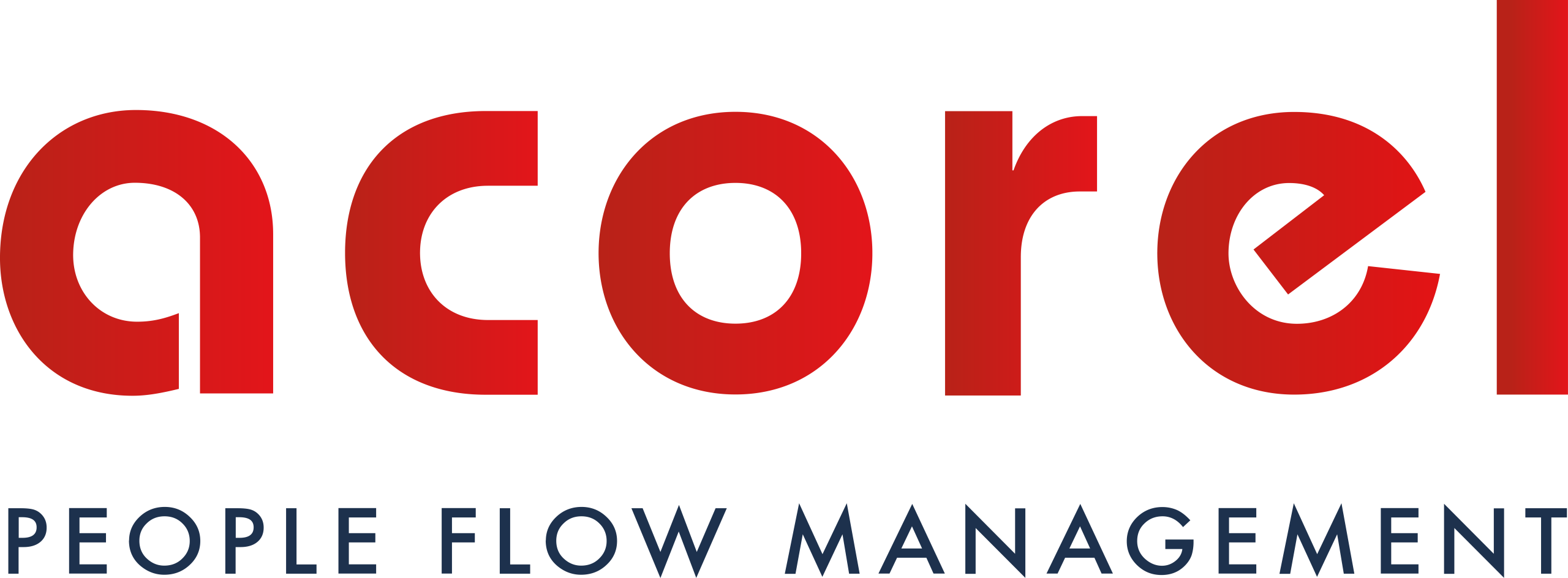The Keys to Success for the 2023 Rugby World Cup and the 2024 Paris Olympics
France is abuzz as it has already been the host country for the 2023 Rugby World Cup and is preparing to host another global event: the 2024 Paris Olympics. France is thus facing the challenge of efficiently managing the significant influx of people in stadiums and transportation, all while ensuring the safety and satisfaction of participants and spectators. Here is an overview of the key measures to optimally meet this challenge.
Advance Planning and Coordination
Planning is the key to success in managing attendance at these events. Local authorities, organizers, security services, transport companies, and other stakeholders must work together from the outset to develop a robust plan. This plan should include task allocation, crowd management, security, and incident response.
Investment in Transport Infrastructure
Public transportation plays a crucial role in moving participants and spectators. It is essential to invest in improving public transport infrastructure, including trains, trams, buses, and metro lines. The implementation of special shuttles and dedicated parking areas is also essential to reduce congestion around the sports venues.
Spectator Experience
Providing a memorable experience for spectators is a key goal. This includes catering services, entertainment zones, and giant screens for live event viewing. The aim is to make the overall experience as enjoyable as possible for spectators while ensuring their safety.

Continuous Assessment and Adaptability
During the event, it is essential to monitor attendance in real-time and respond quickly to potential issues. Adaptability is a crucial quality to handle unforeseen situations, such as delays or last-minute changes.
Automatic Counting Technology
People counting is an essential tool for effectively managing crowd attendance at sporting events, such as the 2023 Rugby World Cup and the 2024 Paris Olympics. It allows for monitoring spectator flows, anticipating potential issues, and making real-time decisions to ensure safety and public satisfaction.
People Counting in Transport
- Smart Security Turnstiles: Use security turnstiles equipped with counting sensors to monitor the number of passengers entering and exiting metro stations, railway stations, and bus stops. This allows for real-time tracking of occupancy rates.
- Mobile Apps and E-Ticketing: Encourage the use of mobile apps for purchasing transport tickets. These apps can provide information about public transportation schedules and allow users to check the current capacity of vehicles.
- Real-Time Display Boards: Install real-time display boards at bus stops and metro stations, indicating the number of available seats on upcoming vehicles, enabling passengers to better plan their journeys.
- Overload Alerts: Implement an alert system that informs travelers about peak congestion times, allowing them to delay their departure or choose alternative routes.

People Counting in Stadiums
- Smart Entry Gates: Install entrance gates equipped with sensors to count the number of spectators entering and exiting the stadium. This allows for precise attendance tracking at all times.
- Mobile Apps and E-Tickets: Encourage the use of mobile apps for event ticket purchases. These apps can display the current stadium capacity and allow spectators to select seats based on availability.
- Saturation Alerts: Implement an alert system to notify organizers when the stadium reaches maximum capacity, which can trigger measures to manage attendance, such as redirecting spectators to other areas or closing entry gates.
- Video Surveillance: Use video surveillance to monitor key areas of the stadium and detect congestion zones. Cameras can be integrated with counting software to assess crowd density in real-time.
- Assigned Seating Planning: Implement an assigned seating system for events. This helps distribute spectators more evenly throughout the stadium, preventing overcrowding in specific areas.
Data Analysis of Counting
- Collect and analyze counting data to identify trends and spectator behavior patterns. This can help in planning proactive measures to manage attendance.
- Use data management systems to store and process this information, enabling informed decision-making to enhance the spectator experience and safety.
Managing attendance is a complex challenge, but with careful planning, proactive communication, and constant adaptability, it is possible to ensure that major sporting events take place safely and in a pleasant environment for all participants and spectators. And above all, let’s support our French athletes! 🏆🇫🇷
For more information click here
